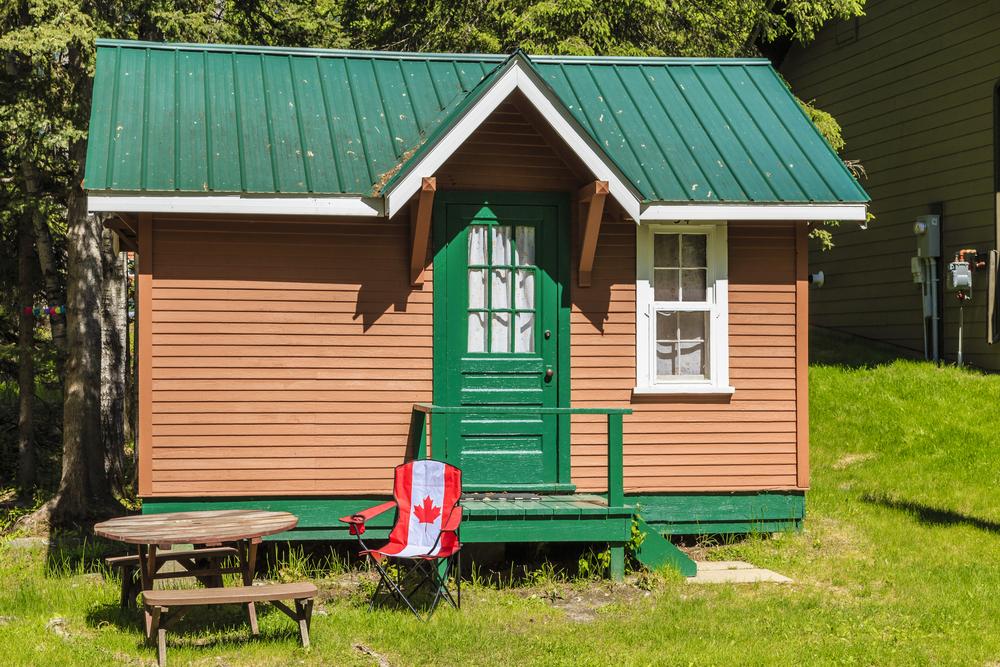Gardening for Beginners

Exif created by JPEGTweaker
Decide What to Grow
If you wouldn’t eat a certain fruit or vegetable, don’t grow it in your vegetable garden. It’s okay to break this rule for flowers, edible or not. Focus only on the fruits, vegetables, or herbs that your family likes most.
Choose a Location
Most fruits and vegetables need a lot of sunlight. Other greens, herbs, and root vegetables will grow in partial shade. Also think about accessing the garden for picking, watering, and caring for your plants.
Plan Your Garden Beds
Think about the type and size of garden beds. Raised beds look good and may make it easier to work in your garden, but they do dry out more quickly. Also, consider planting your garden in blocks or beds of plants instead of single rows.
Vertical Gardening
If you grow your garden vertically, you can squeeze much more into less space. Try using a trellis/fence to vertically grow tomatoes, beans, peas, cucumbers, and occasionally other crops.
Invest in Garden Tools
Basic tools make working in a garden a pleasure instead of a chore. Some good basic gardening equipment includes:
- A garden hoe
- A scuffle hoe
- A dirt rake
- A leaf rake
- A selection of hand tools
Test Your Soil
Before you start to build your garden beds, you should know something about your garden soil.
Is it acidic, alkaline, or neutral in pH? Is your garden made of sand, clay, silt, rocks, or a mix?
Some characteristics can be determined from looking at the soil but others may require home tests or professional lab tests.
Build the Soil
Plants prefer a deep, well-drained, fertile soil that is rich in organic matter., as their roots need good garden soil to produce good vegetables and fruit.
Seeds or Transplants
Learn which plants grow best directly seeded in the garden and which fare better as transplants. If you’re interested in growing specific varieties, you’ll probably need to grow your own transplants from seed.
Plant With Care
- Plant seeds 3 times as deep as the diameter of your seed, unless otherwise directed.
- Most transplants are planted at identical depths as they were growing in the pot.
- Wait until the danger of frost has passed to plant heat-loving plants
- Young plants need more protection or hardening off.
Nurture Your Garden
Depending on the size of your garden, time requirements spent in it may range from a few minutes per day to a full-time job.
